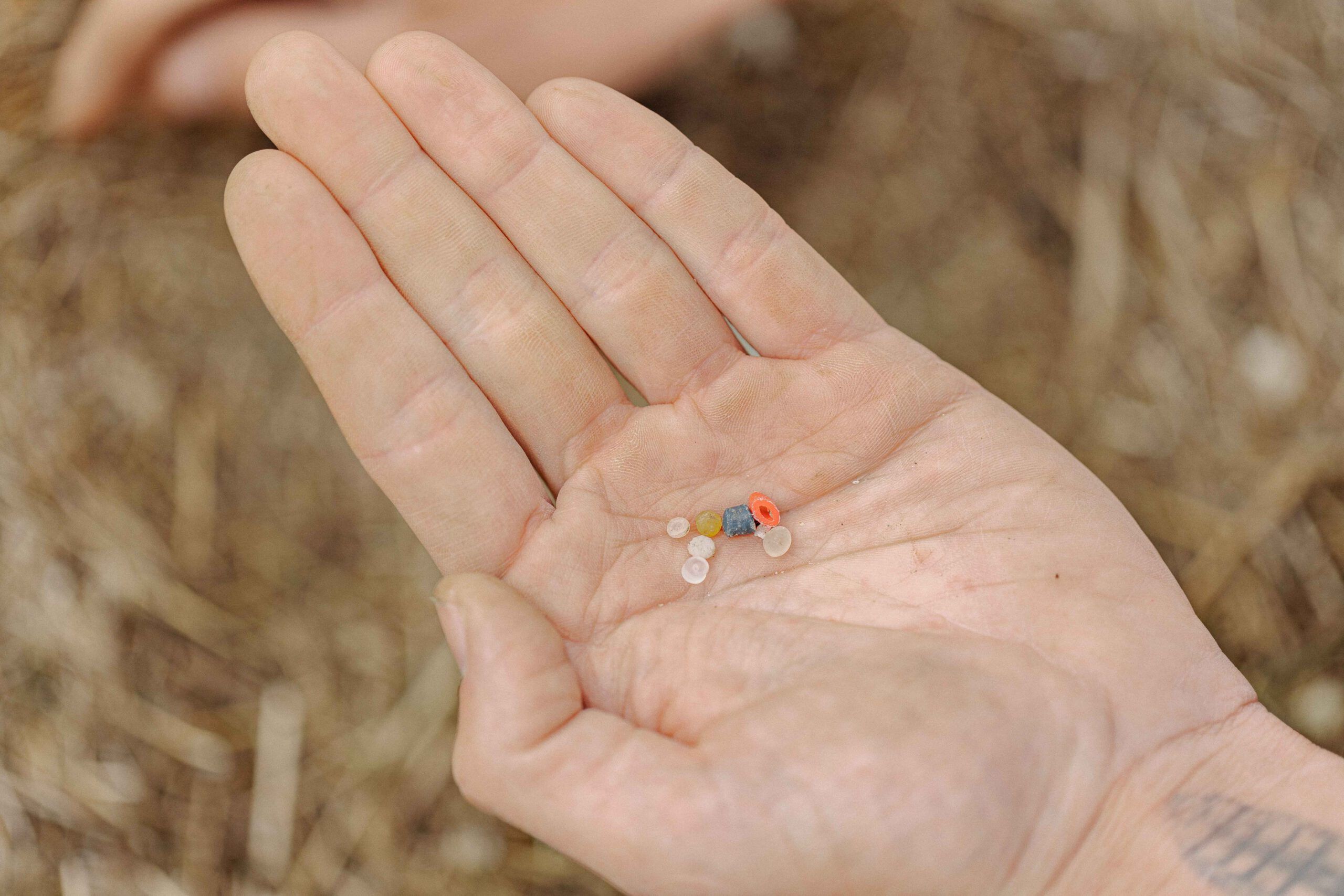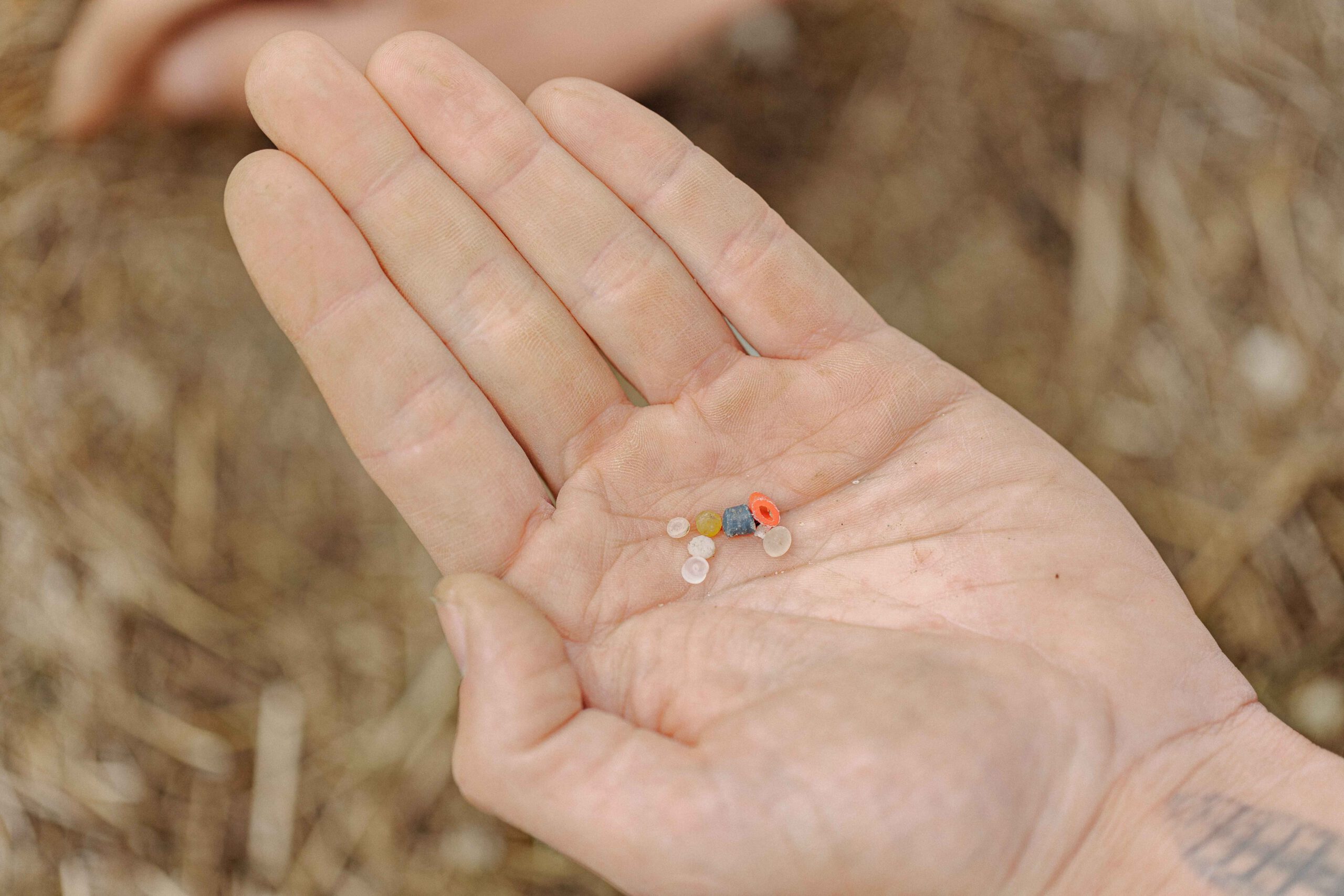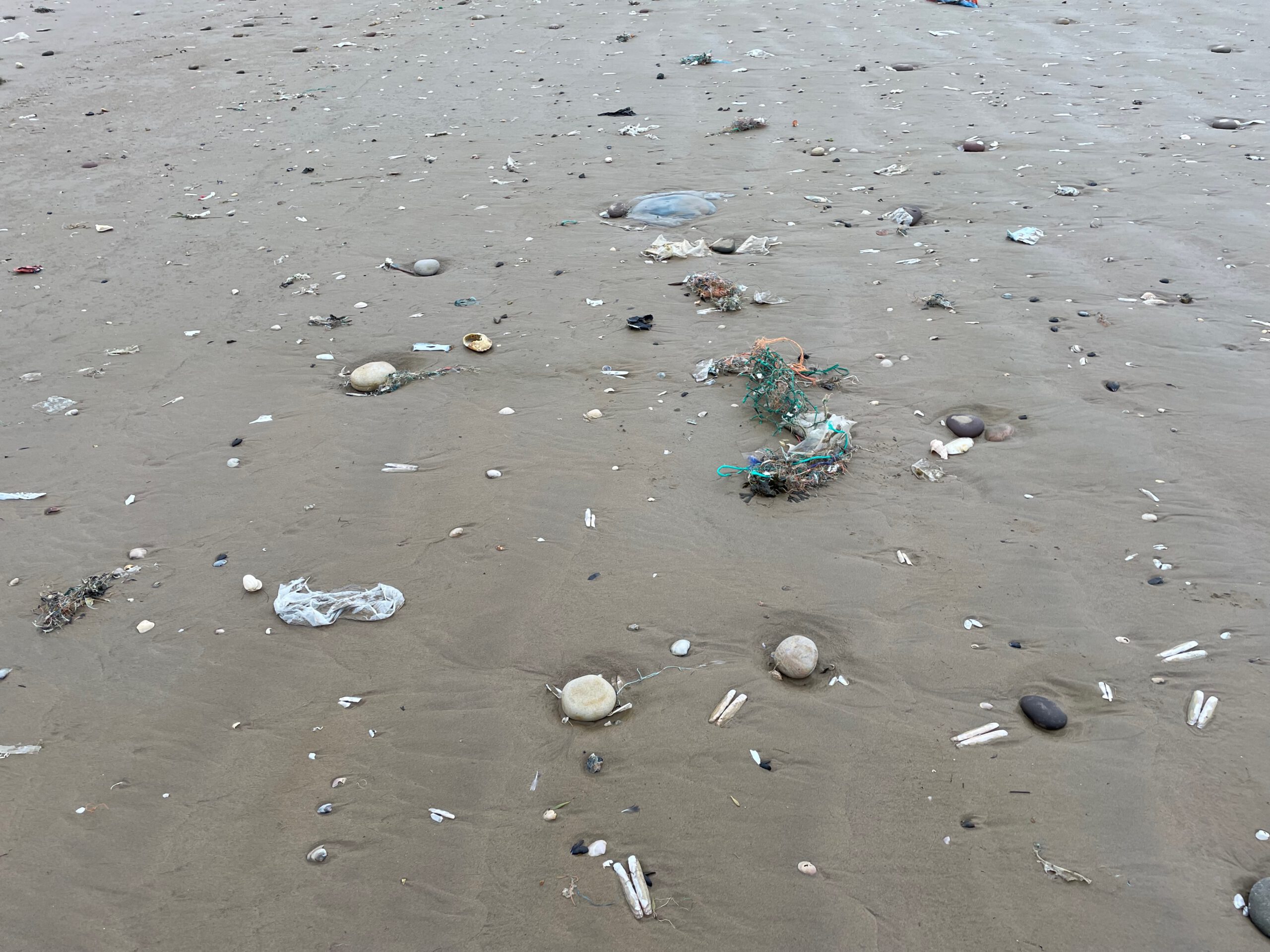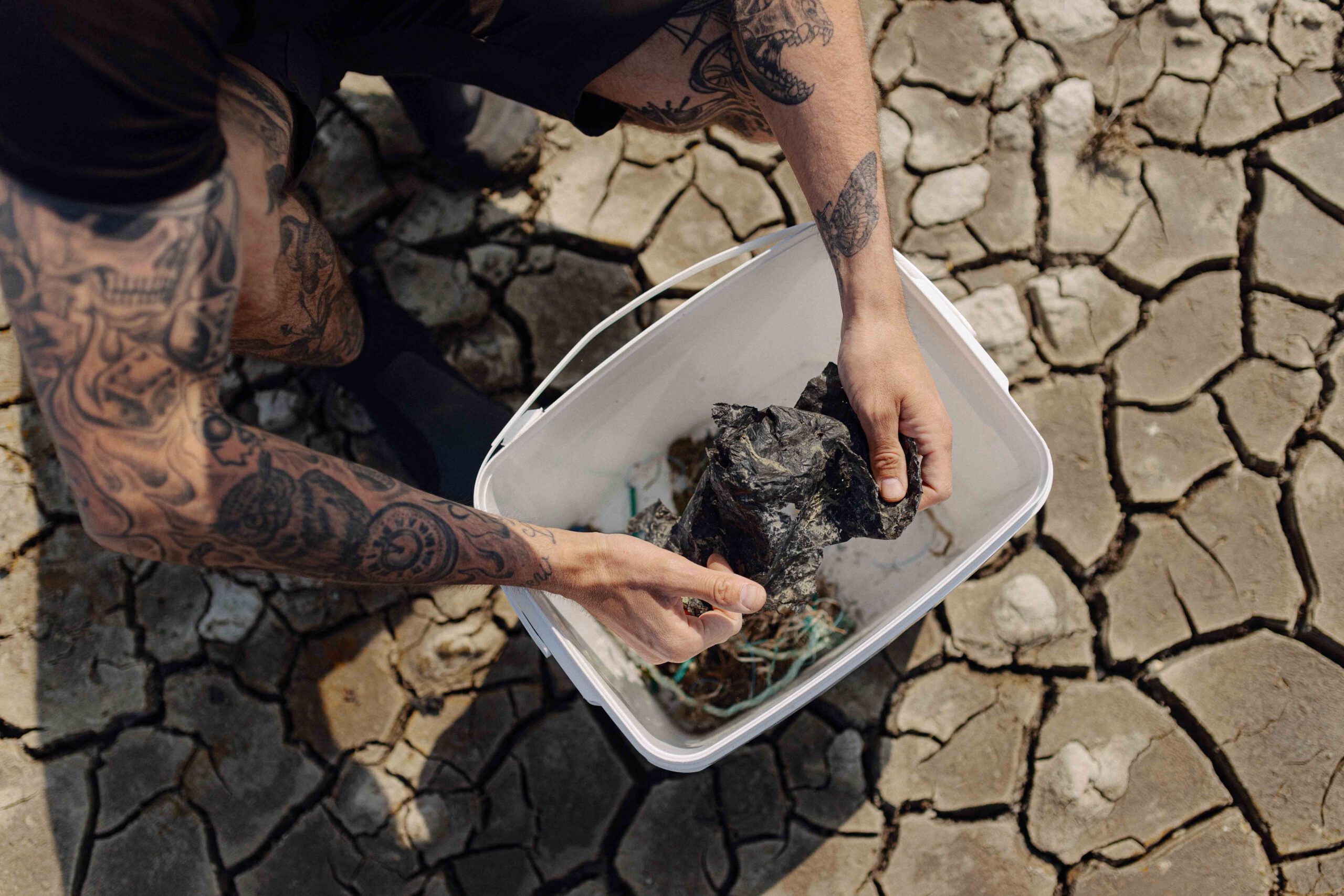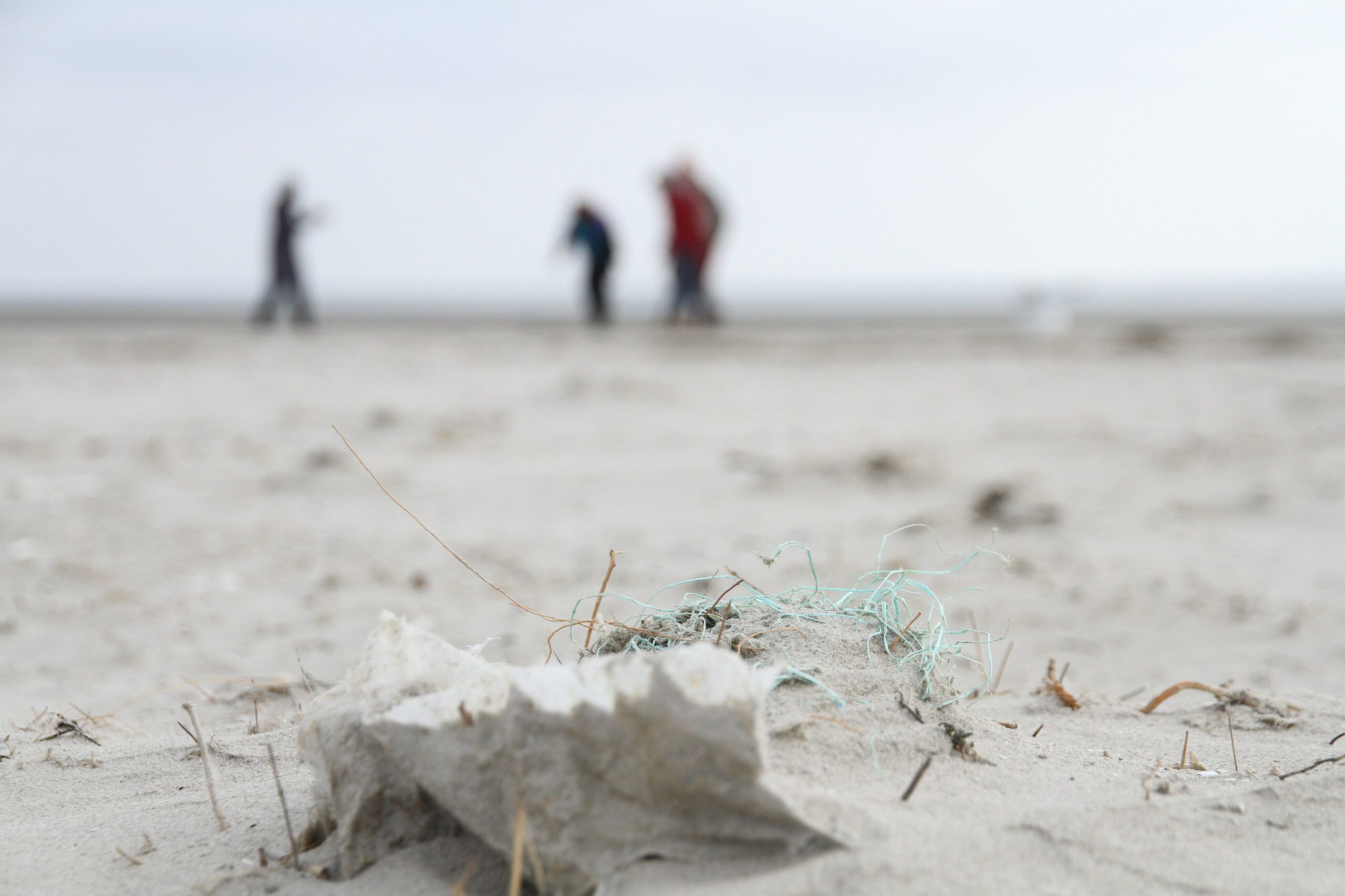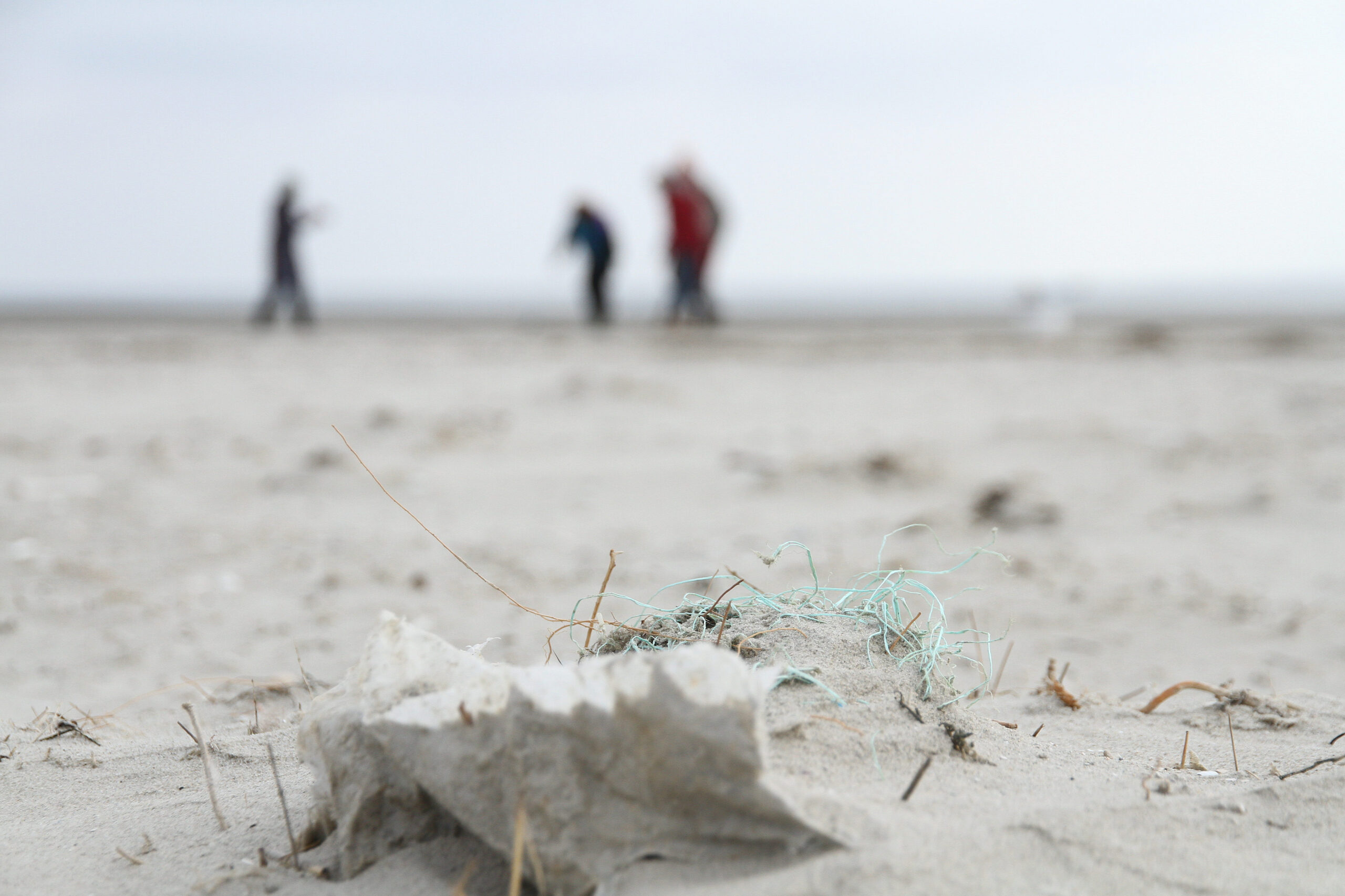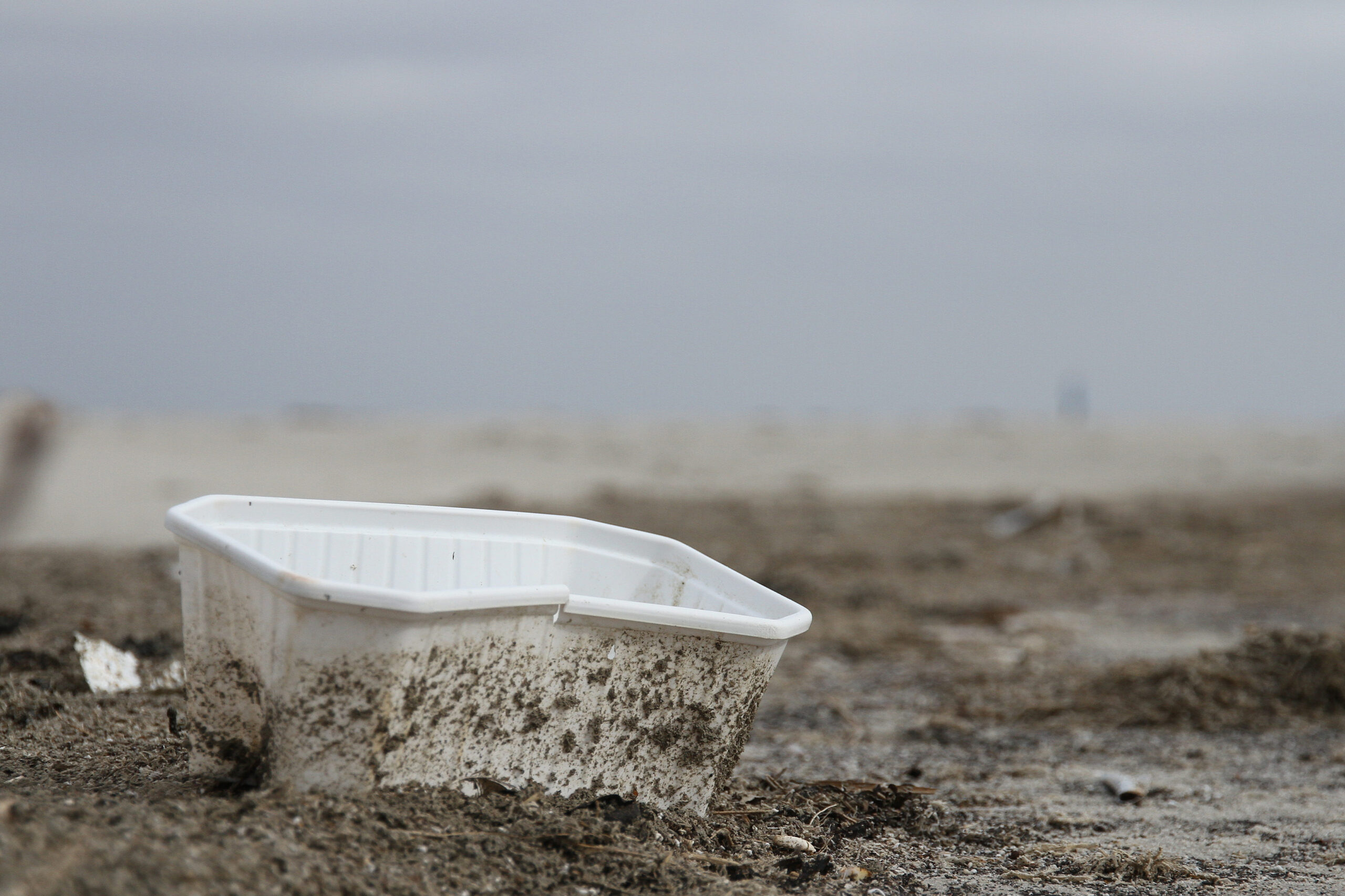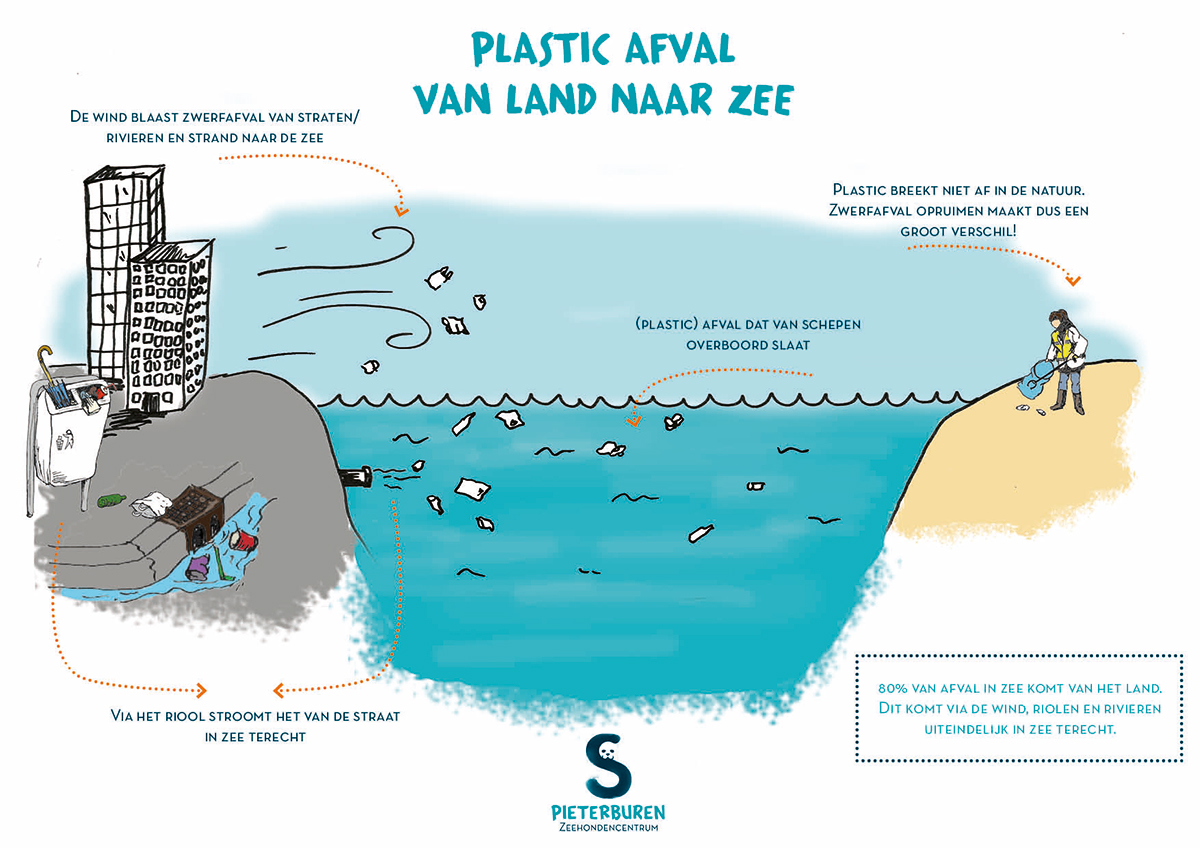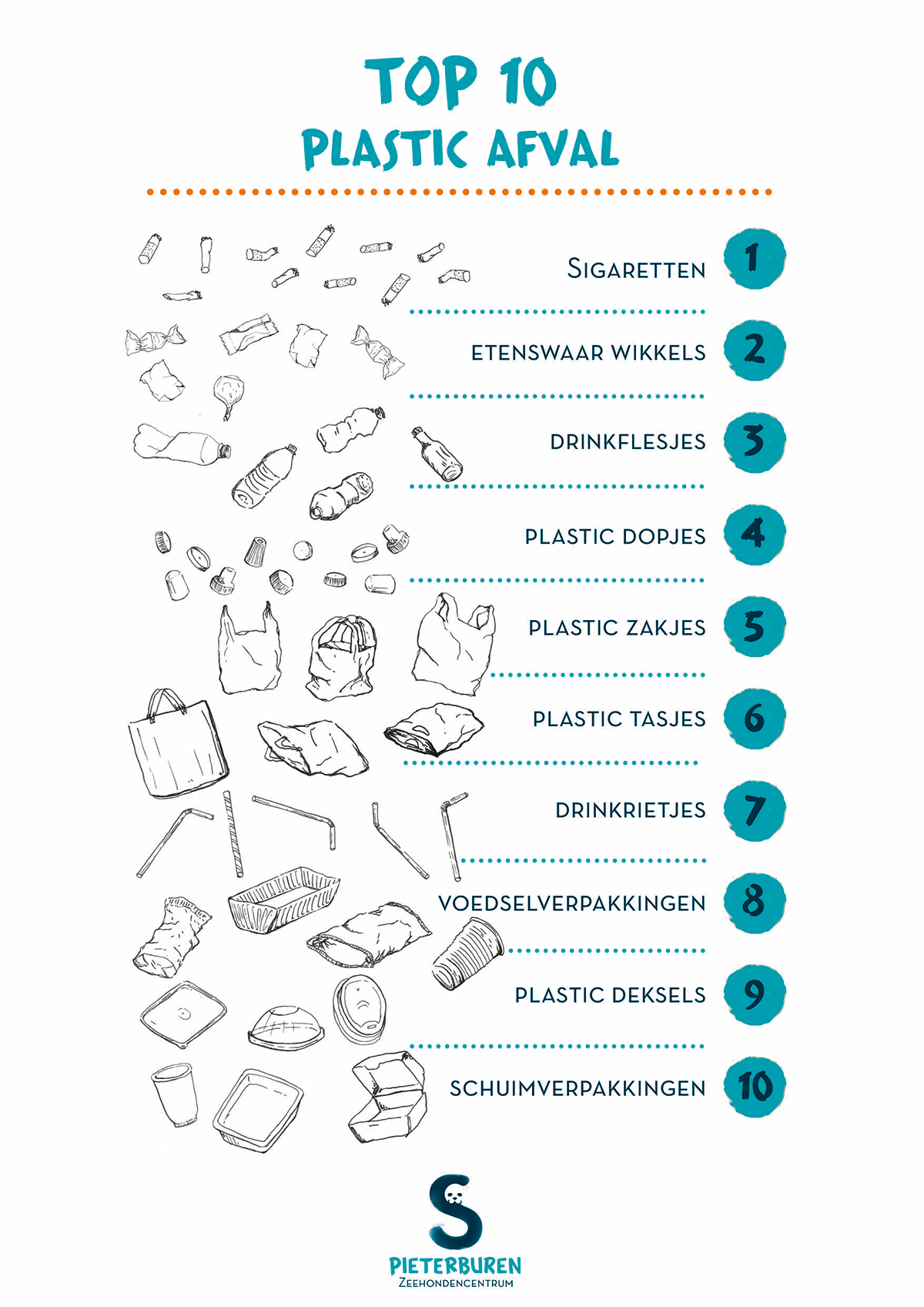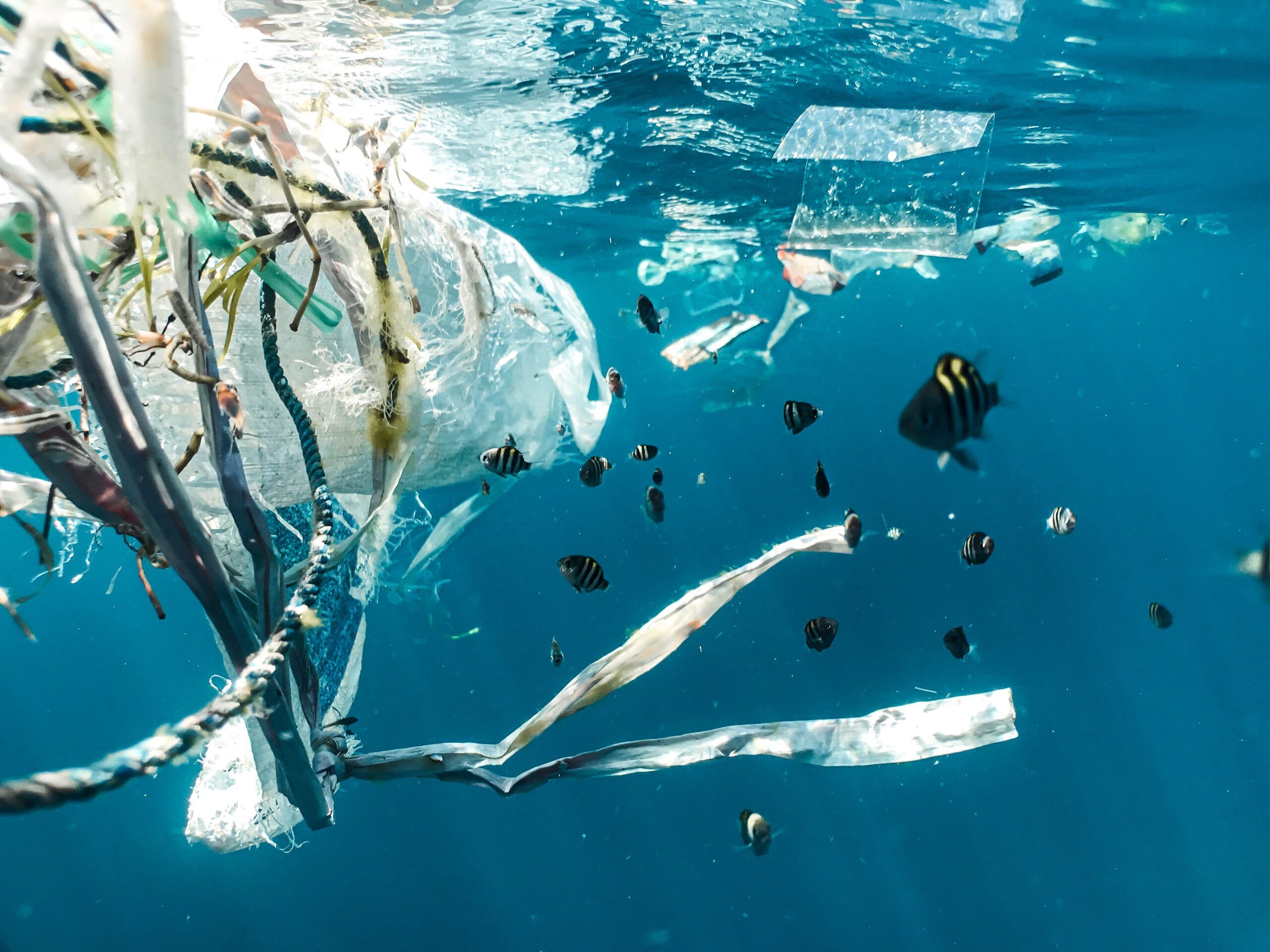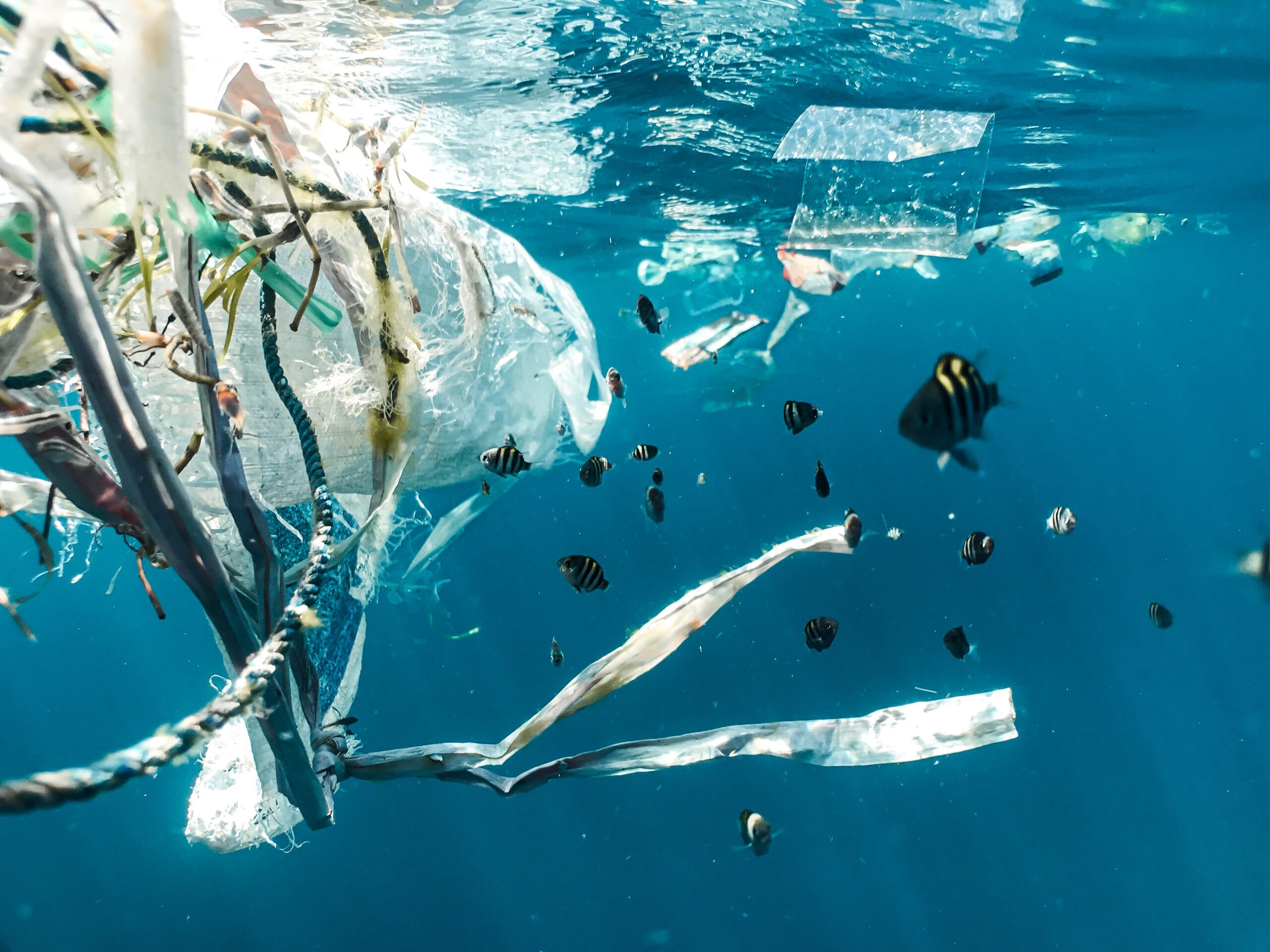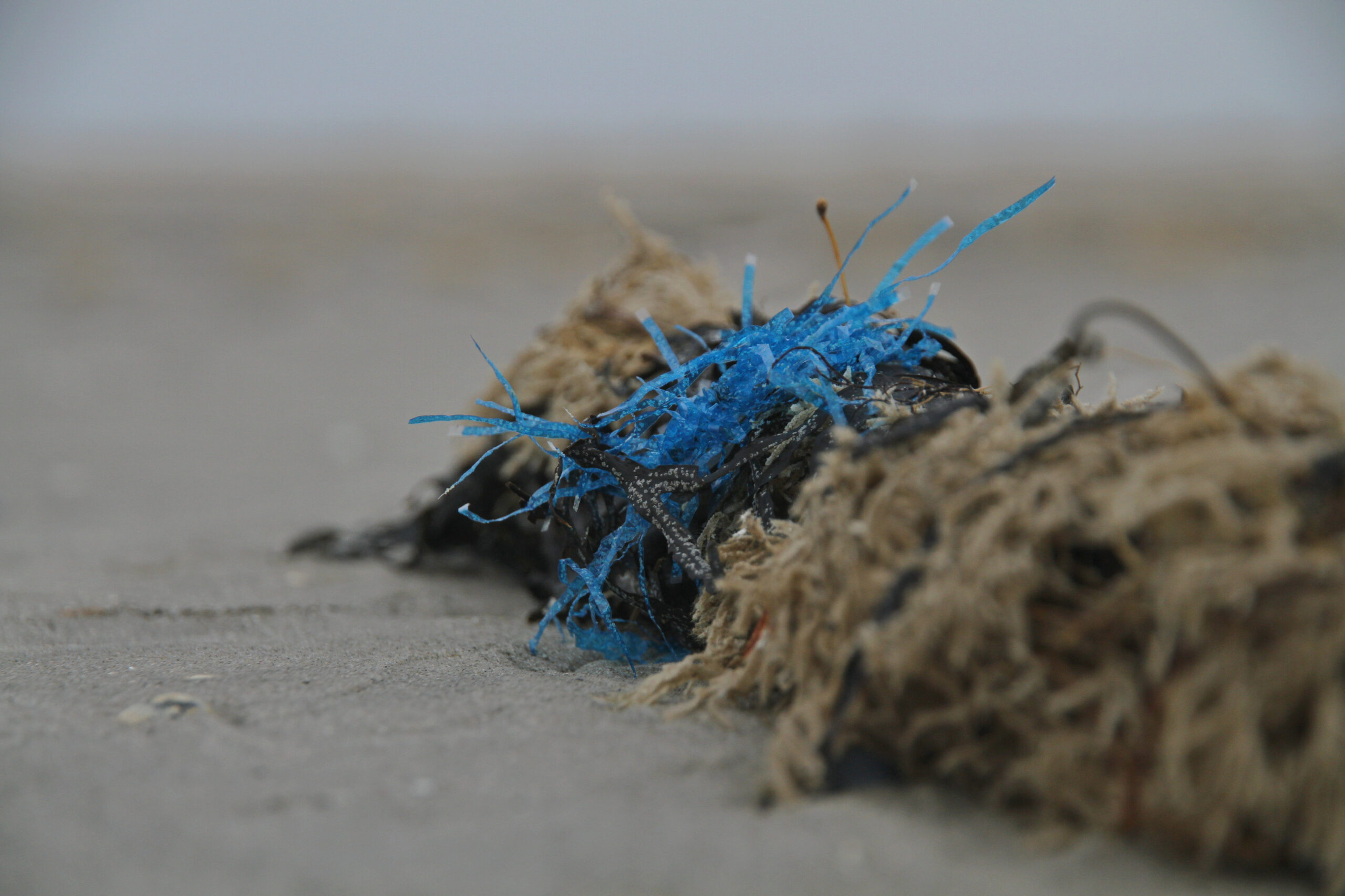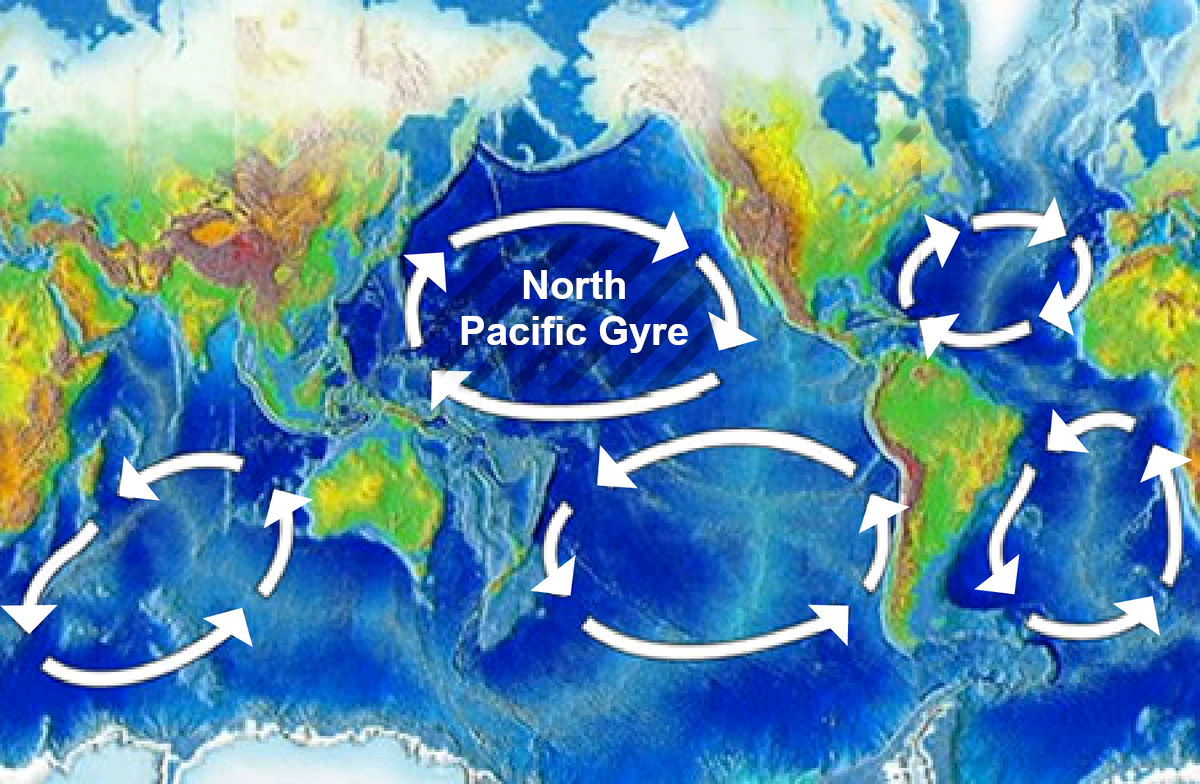Microplastic
Plastic waste does not always stay the same. A plastic bag floating in the sea will break down into smaller pieces. Due to contact with UV light from the sun and the weather, nothing will remain of this bag, but it will disintegrate into an uncountable number of microplastics [1]. We call something macroplastic if you can see it with the naked eye, such as the plastic bag. The plastic bag continues to chip and break down until it is so small that the plastic particles are no longer visible to the naked eye. Plastic that is less than 5 mm in size is called microplastic.
See also
Microplastics in drinking water
It's a big problem if you can't see such incredibly small plastic. People and animals can eat or swallow plastic without realizing it. Unfortunately, there are not yet any water treatment plants that can filter the microplastics out of the water.
Research into drinking water in European cities shows that there is microplastic in our drinking water: 72.2% of the 18 tested drinking water locations contained plastic fibers [2]. That meant that the drinking water consisted of 4.5 fiber per 500 ml of water. The conclusion is that we may be drinking water with plastic particles without realizing it.
Microplastics in household items
A lot of microplastic also ends up in our water through our households. Care products such as shampoo, sunscreen, toothpaste or shower gel may contain microbeads.
Did you know...
You also add microplastics to the water when you wash synthetic clothing? About 63% of our clothing consists of a mix of natural and synthetic fibers [3]. A wash of 5 kilos releases between 600,000 and 17,000,000 of these plastic microfibers [4].
Microbeads are small plastic granules that act as a scrub (see Figure 4). When used, these plastic balls wash away into the sewer system via the shower or sink.
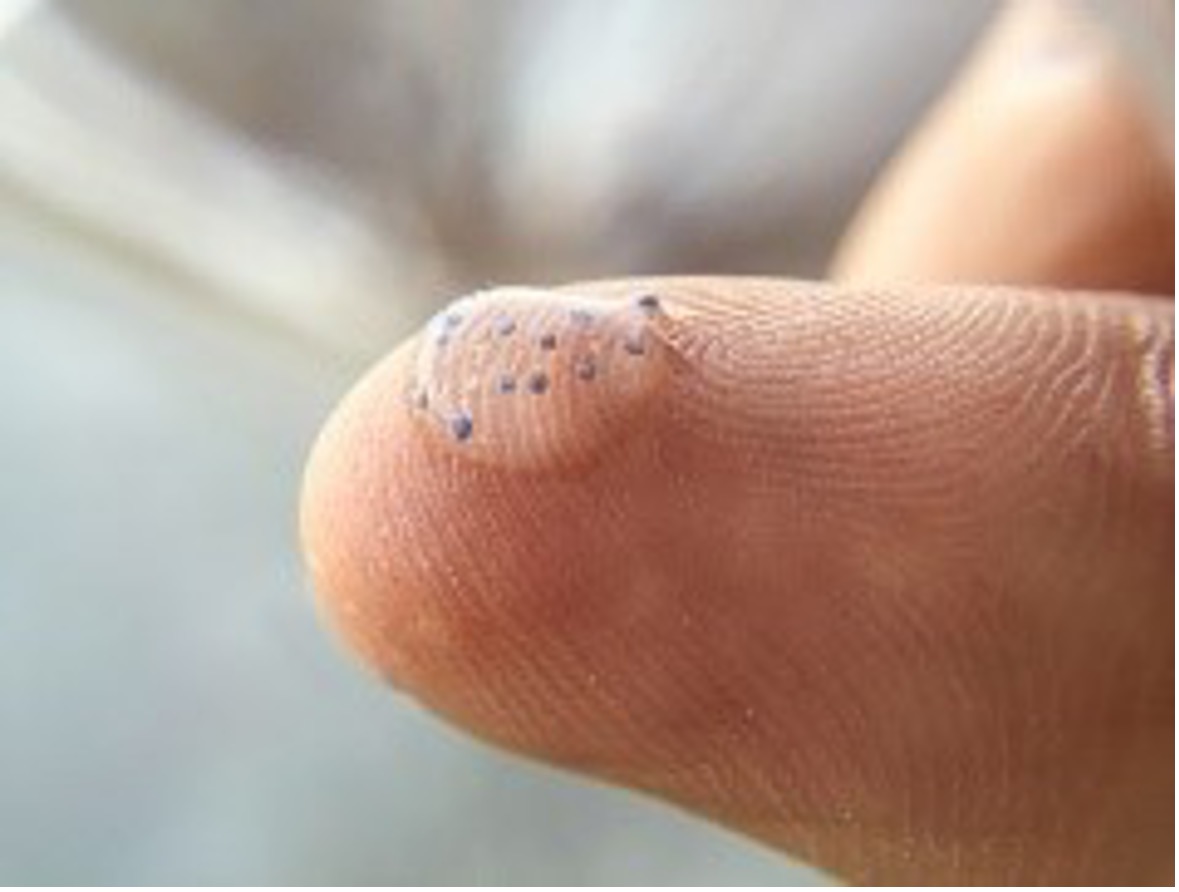
Figure4. You see microbeads, the blue plastic balls, that are in a scrub. Source foto: MPCA Photos – microbeads-plastic-particles © © https://www.flickr.com/photos/mpcaphotos/22208966814
From microplastic to nanoplastic
Microplastic can further break down into nanoplastic through weathering. Nanoplastic is smaller than 100 nanometers. It is so small that there is a chance that this plastic will enter your body cells and end up in various organs (5).
Perhaps the very little can be detrimental to your health. Microplastics and nanoplastics can carry chemicals and pathogens. Too little research has been done to know what consequences this may have for our health.
Sources:
- Wageningen World (2016).Ons plastic is zoek. 13. https://issuu.com/wageningenur/docs/wageningen_world_2016_02__nl_web/10
- Synthetic polymer contamination in global drinking water– Kosuth, Wattenberg, Mason, Tyree, Morrison. (2017). https://orbmedia.org/stories/Invisibles_final_report
- Synthetic fibers – Disasterous for humans and oceans. Plastic Soup Foundation
- De Falco, F.; Gullo, M.P.; Gentile, G.; Di Pace, E.; Cocca, M.; Gelabert, L.; Brouta-Agnésa, M.; Rovira, A.; Escudero, R.; Villalba, R.; et al. (2018).Evaluation of microplastic release caused by textile washing processes of synthetic fabrics. Pollut., 236, 916–925.https://doi.org/10.1016/j.envpol.2017.10.057
- Nanoplastics gevaarlijkerdan microplastics (2014) Ingrid Zeegers. Magazine over de zee, link >>
